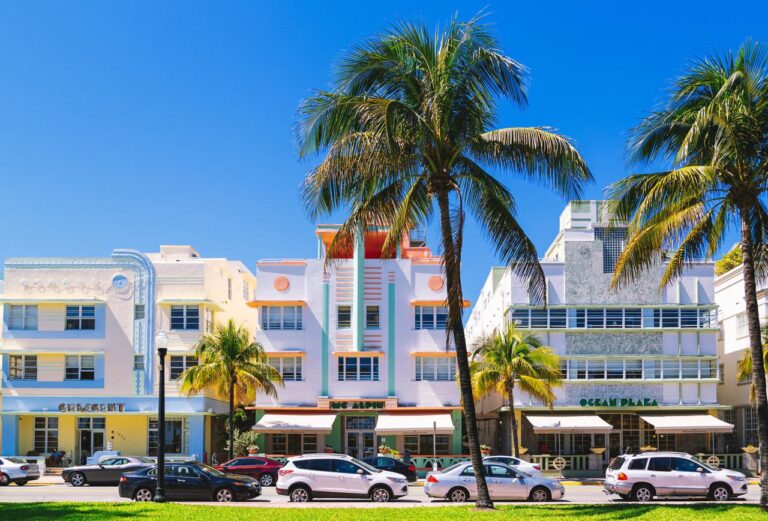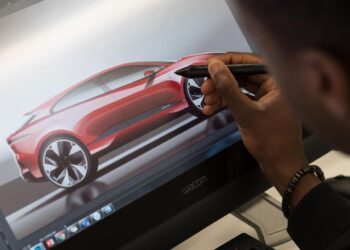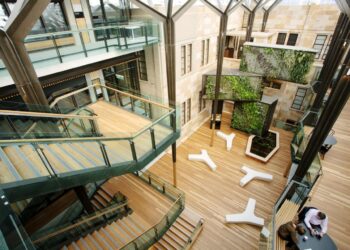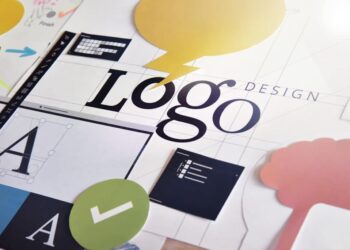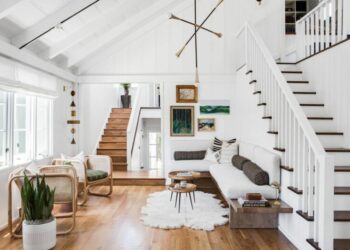The Art Deco resurgence is more than just a nostalgic glance backward; it represents a captivating return to a style defined by glamour, geometric precision, and an enduring sense of optimism. Far from being a fleeting trend, this revival taps into a timeless aesthetic that continues to inspire contemporary design across various disciplines. This comprehensive article delves into the profound influence of Art Deco’s enduring appeal, exploring its historical foundations, defining characteristics, current interpretations, and forecasting its future trajectory. Understanding this revival isn’t solely about appreciating opulent aesthetics; it’s about discerning the critical elements that lead to market desirability, cultural resonance. From architecture to fashion, and from interior design to graphic arts, the impact of the Art Deco revival is ubiquitous and transformative, redefining sophistication and elegance for a new era.
The Golden Age of Art Deco
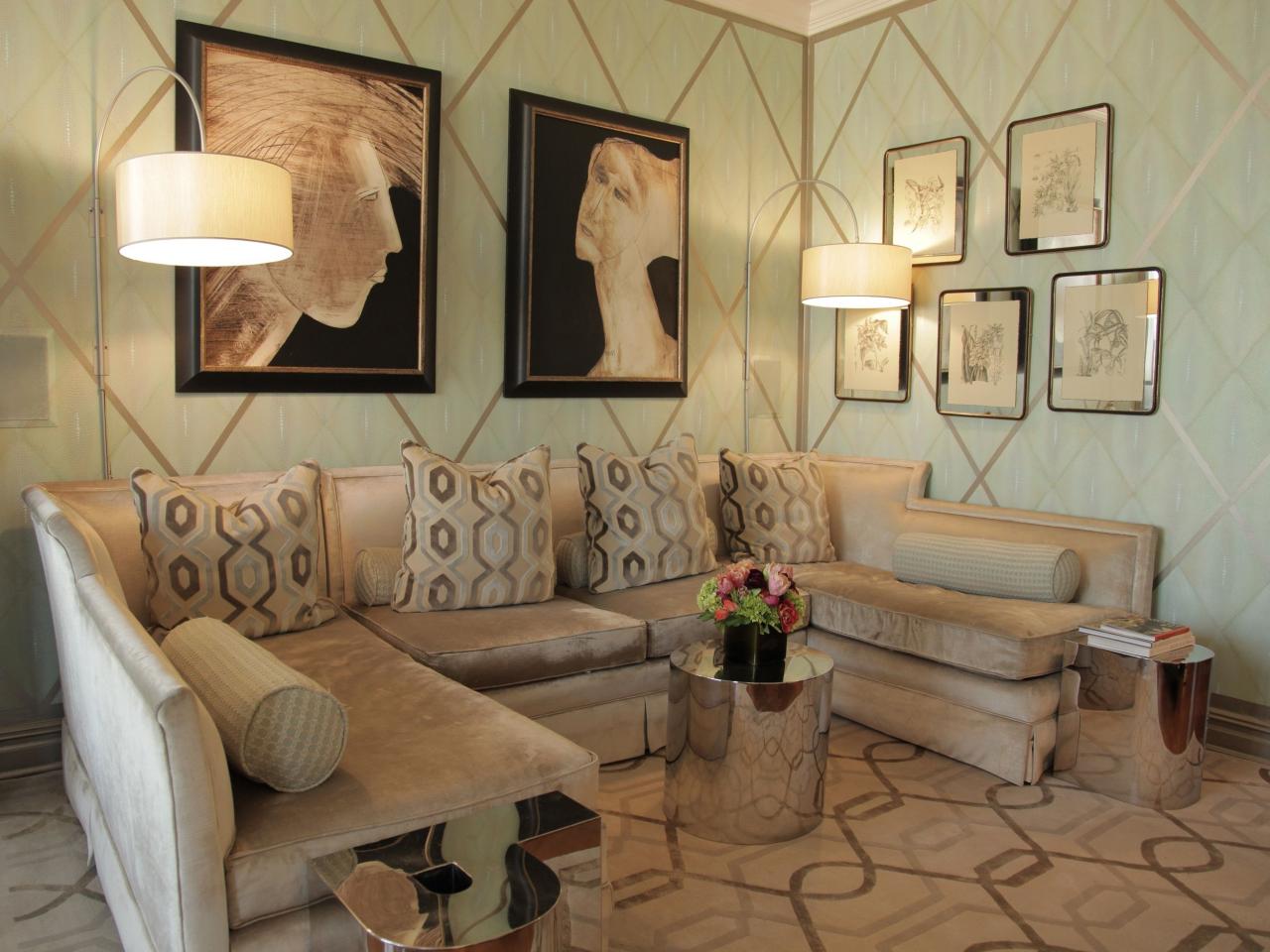
To truly appreciate the current resurgence, it’s essential to understand the period and principles that gave birth to Art Deco.
A. Origins and Influences (1910s-1920s):
* Post-WWI Optimism: Emerged from a desire for newness and escapism following the devastation of World War I, embracing a spirit of exuberance and modernity.
* Reaction to Art Nouveau: A deliberate break from the organic, flowing lines of Art Nouveau, favoring more structured, geometric, and streamlined forms.
* Exposition Internationale des Arts Décoratifs et Industriels Modernes (Paris, 1925): This seminal exhibition officially introduced the style to a global audience, giving it its name (“Art Deco” is a contraction of “Arts Décoratifs”).
* Global Inspirations: Drew inspiration from diverse sources, including:
* Ancient Egyptian Art: Discoveries like Tutankhamun’s tomb (1922) sparked a fascination with hieroglyphs, motifs, and grand scale.
* Mesoamerican Art: Influence from Aztec and Mayan temples, with their stepped forms and geometric patterns.
* Cubism & Futurism: Modern art movements that emphasized geometric abstraction, speed, and fragmented forms.
* Machine Age Aesthetics: A celebration of industrial progress, machinery, and precision, leading to streamlined, polished surfaces.
* Jazz Age Culture: Reflected the vibrancy, luxury, and social changes of the 1920s.
B. Key Characteristics of Classic Art Deco:
* Geometric Forms: Reliance on straight lines, sharp angles, zigzags, chevrons, sunbursts, tiered forms (ziggurat/stepped motifs), and stylized curves.
* Streamlined Shapes: Smooth, flowing, and aerodynamic forms, especially evident in transportation design (cars, trains, ocean liners).
* Luxurious Materials: Extensive use of exotic, expensive, or highly polished materials, including:
* Chrome and Stainless Steel: Symbolizing modernity and precision.
* Glass and Mirrored Surfaces: For reflection and glamour.
* Lacquered Wood (often exotic veneers): High-gloss finishes.
* Marble, Granite, and Terrazzo: For floors and surfaces.
* Ivory, Mother-of-Pearl, Sharkskin (Shagreen): For decorative accents.
* Rich Textiles: Velvets, silks, and satins.
* Rich Ornamentation (Stylized): Decoration was integral, but stylized and geometric, often featuring:
* Foliage & Floral Motifs: Highly stylized, not naturalistic like Art Nouveau.
* Animal & Human Figures: Often depicted in dynamic, elongated, or heroic poses (e.g., gazelles, goddesses).
* Speed Lines & Rays: Evoking movement and dynamism.
* Bold Colors: Often a rich, saturated palette, sometimes contrasting bright colors with metallic accents.
* Symmetry & Repetition: While playful, many designs maintained a strong sense of symmetry and repeated motifs.
* Vertical Emphasis: Especially in architecture, buildings often soared upwards with setbacks, creating a sense of height and grandeur.
C. Iconic Examples and Enduring Legacy:
* Architecture: Chrysler Building, Empire State Building, Rockefeller Center (all NYC); Eastern Columbia Building (LA); Marine Building (Vancouver); Shanghai Grand Theatre.
* Interiors: Grand hotel lobbies, theaters, luxury liners (e.g., Queen Mary).
* Products: Radios, vacuum cleaners, automobiles, trains, and decorative arts like clocks, lamps, and jewelry.
* Fashion: Flapper dresses, sleek silhouettes, geometric patterns.
* Graphic Design: Bold, clean typography, stylized illustrations for advertising and posters.
* Its influence endured far beyond its peak, subtly informing subsequent design movements and remaining a symbol of luxury and modernity.
Why the Resurgence Now?
The renewed fascination with Art Deco is not random; it’s driven by several contemporary societal and aesthetic factors.
A. Yearning for Glamour and Optimism:
* Escapism: In an often turbulent world, Art Deco offers an appealing sense of escapism, transporting viewers to a period of perceived glamour, luxury, and unbridled optimism.
* Celebration of Craftsmanship: A counter-reaction to mass-produced, often disposable goods, people are seeking quality, intricate details, and a sense of artistry that Art Deco embodies.
* Return to Sophistication: A desire for elegance and polished aesthetics after prolonged periods of raw minimalism or industrial styles.
B. Digital Age Aesthetics and Contrast:
* Visual Counterpoint: The clean, geometric lines and bold forms of Art Deco provide a refreshing contrast to the often fluid or abstract digital aesthetics prevalent today, making it stand out.
* Digital Interpretation: The precise, repeatable patterns and geometric motifs of Art Deco lend themselves well to digital reproduction and manipulation, making it adaptable for modern applications.
* Social Media Appeal: Its inherent photogenic quality, dramatic lines, and luxurious textures make Art Deco elements highly shareable and appealing on visual platforms like Instagram and Pinterest.
C. Sustainability Through Longevity and Quality:
* Investment in Durability: The original Art Deco pieces were built to last, often from high-quality, durable materials. The revival encourages investing in well-made furniture and decor that defies obsolescence.
* Appreciation of Vintage: The booming vintage and antique markets often feature Art Deco pieces, promoting reuse and circularity in design.
* Craft Over Consumption: The focus on bespoke pieces and artisanal details aligns with a more conscious consumer who values craftsmanship over mass production.
D. Versatility and Adaptability:
* Mixing Styles: Art Deco elements can surprisingly integrate well with other contemporary styles (e.g., modern, transitional, even some minimalist spaces) as accent pieces, adding character without overwhelming.
* Diverse Applications: Its principles are flexible enough to be applied across architecture, interiors, fashion, graphic design, and product design, making its revival widespread.
* Gender Neutrality: The inherent strength and elegance of Art Deco appeal to a broad audience, often transcending gender-specific aesthetics.
E. Influence of Pop Culture and Media:
* Film and TV: Movies and TV series set in the 1920s and 30s (e.g., “The Great Gatsby,” “Boardwalk Empire,” “Downton Abbey”) have reintroduced Art Deco aesthetics to a new generation, sparking renewed interest.
* Fashion Runways: Designers frequently draw inspiration from Art Deco’s silhouettes, patterns, and material palettes for contemporary collections.
* Gaming and Digital Art: Digital artists and game designers incorporate Art Deco elements for stylized, atmospheric environments (e.g., Bioshock series).
Modern Interpretations and Contemporary Applications
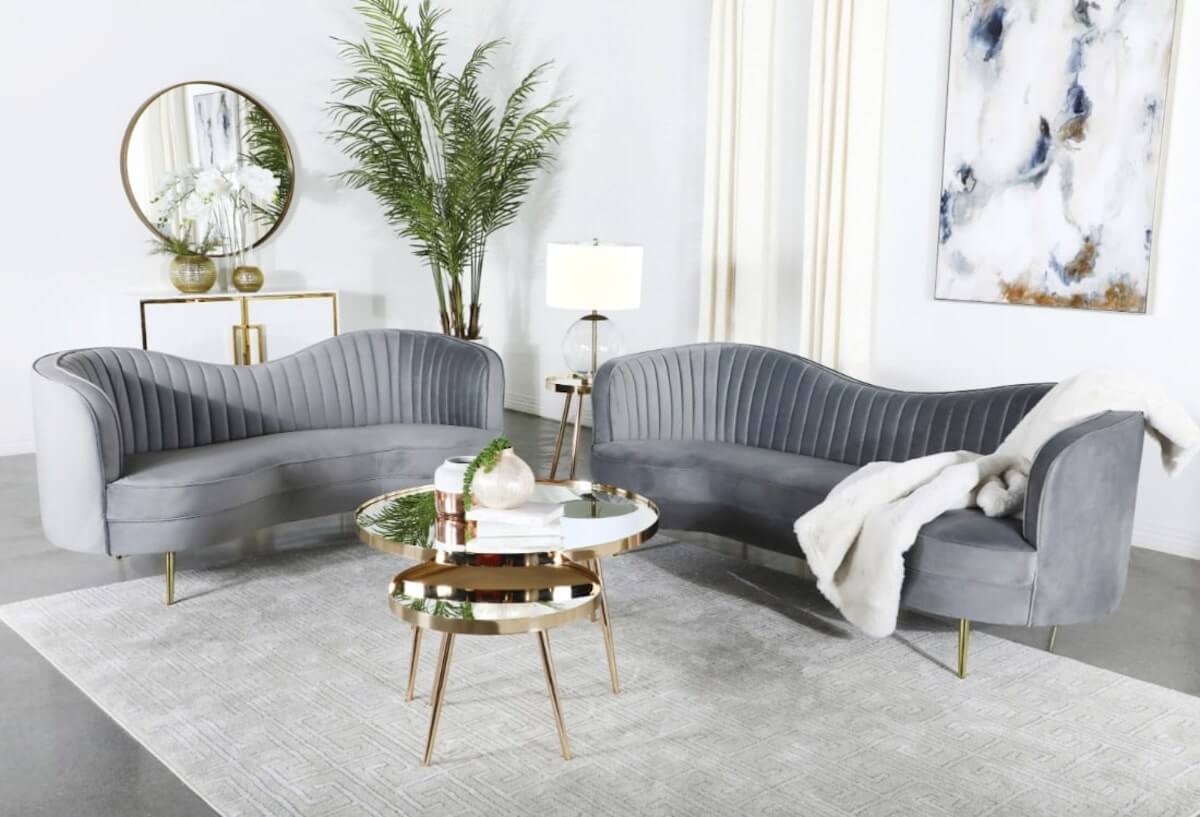
The Art Deco revival isn’t a mere copy of the past; it’s a dynamic reinterpretation that blends classic elements with modern sensibilities and technologies.
A. Architecture and Facade Design:
* Neo-Art Deco: New buildings incorporating geometric forms, stepped facades, and stylized ornamentation reminiscent of classic Art Deco, often with modern materials like glass and steel.
* Interior Integration: Contemporary buildings might have minimalist exteriors but feature striking Art Deco-inspired lobbies, grand staircases, or public spaces.
* Lighting as Design Element: Using modern LED lighting to highlight geometric patterns and create dramatic nocturnal effects on building facades, reminiscent of classic Art Deco lighting.
* Sustainable Materials with Deco Forms: Exploring how classic Art Deco forms can be expressed using more sustainable, locally sourced, or recycled materials.
B. Interior Design and Decor:
* Statement Furniture: Bold, geometric furniture pieces (e.g., velvet club chairs, polished chrome tables, mirrored sideboards) acting as focal points in otherwise modern interiors.
* Rich Color Palettes (Muted & Jewel Tones): While classic Deco used bold primaries, modern interpretations often lean towards sophisticated jewel tones (emerald green, sapphire blue, ruby red) mixed with muted grays, creams, and metallic accents.
* Metallic Accents: Abundant use of brass, polished chrome, and gold finishes in lighting fixtures, furniture details, and decorative elements to add glamour.
* Geometric Patterns: Wallpaper, textiles, and flooring featuring classic Deco patterns like chevrons, sunbursts, zigzags, and fan motifs.
* Mirrored Surfaces: Strategic placement of mirrored furniture or wall panels to expand space and add a touch of Jazz Age glamour.
* Integrated Lighting: Art Deco-inspired sconces, chandeliers, and floor lamps that double as sculptural elements.
C. Product Design:
* Consumer Electronics: Gadgets with streamlined forms, polished metallic finishes, and geometric details, harking back to the machine age aesthetic.
* Automotive Interiors: Car interiors featuring quilted leather, chrome accents, and geometric stitching patterns, drawing from the luxurious feel of classic Deco cars.
* Small Appliances: Kitchen appliances (e.g., toasters, kettles) with retro-futuristic, streamlined shapes and chrome detailing.
* Jewelry and Accessories: Geometric necklaces, earrings, and bracelets featuring clean lines, bold shapes, and often incorporating emeralds, sapphires, or black onyx.
* Decorative Arts: Reimagined Art Deco lamps, clocks, vases, and sculptures that blend classic motifs with modern materials and production techniques.
D. Graphic Design and Branding:
* Bold Typography: A return to strong, geometric sans-serif fonts or highly stylized, decorative display fonts often seen in classic Art Deco posters and magazine covers.
* Linear Patterns & Borders: Using fine lines, stepped patterns, and decorative borders to frame elements and add sophistication.
* Stylized Illustrations: Illustrations featuring elongated figures, simplified forms, and a sense of movement, reminiscent of classic Art Deco artwork.
* Luxurious Color Schemes: Brands adopting rich, deep colors combined with metallic foils or gradients to evoke a sense of luxury and timeless elegance.
* Packaging Design: Product packaging featuring geometric patterns, elegant typography, and gold/silver accents to convey premium quality and a sophisticated aesthetic.
E. Fashion and Textiles:
* Sleek Silhouettes: Clean, elongated lines in clothing, often with drop waists or bias cuts reminiscent of the flapper era.
* Geometric Prints: Fabrics featuring bold geometric patterns, zigzags, and checkerboards.
* Embellishments: Use of sequins, beads, and metallic threads for intricate, often symmetrical, embellishments on dresses and accessories.
* Art Deco-Inspired Jewelry: Large, statement pieces with geometric shapes and precious or semi-precious stones.
* Velvet and Silk: A return to luxurious fabrics like velvet, silk, and satin for evening wear and soft furnishings.
Challenges and Ethical Considerations in Revival
While the Art Deco revival offers immense potential, its implementation comes with significant challenges and ethical dilemmas that designers and brands must navigate responsibly.
A. Authenticity vs. Shallow Imitation:
* Avoiding Kitsch: The challenge of drawing inspiration from Art Deco without devolving into cheap, superficial imitation or kitsch. Genuine revival requires a deep understanding of the style’s principles.
* Material Integrity: Ensuring that modern reproductions use quality materials and craftsmanship that honor the spirit of the original, rather than relying on flimsy imitations.
* “Instant Heritage”: The temptation to create new buildings or objects that merely mimic historical styles without genuine contextual or philosophical grounding.
B. Sustainability and Material Sourcing:
* Exotic Materials: Classic Art Deco often used rare or ethically problematic materials (e.g., ivory, certain exotic woods). Modern interpretations must find sustainable and ethical alternatives.
* Energy Consumption in Production: Replicating the high-polish finishes and intricate details of Art Deco can be energy-intensive. Designers need to consider sustainable manufacturing processes.
* Longevity: Ensuring that newly produced “Art Deco” pieces are built to last, contributing to circularity rather than disposable consumption.
C. Cost and Accessibility:
* Luxury Aesthetic: Art Deco inherently conveys luxury, which can make genuine, high-quality pieces expensive and less accessible to a broad market.
* Mass Market vs. High End: The challenge of adapting Art Deco aesthetics for mass-market production while maintaining its core appeal and avoiding cheapening the style.
* Affordable Interpretations: Finding ways to offer the glamour and sophistication of Art Deco at more accessible price points through clever material choices and design adaptations.
D. Contextual Relevance:
* Architectural Integration: Integrating new Art Deco-inspired buildings or interiors seamlessly into existing urban landscapes without appearing anachronistic or out of place.
* Avoiding Pastiche: The risk of creating a design that is merely a collection of historical references without a cohesive or innovative vision.
* Functionality in Modern Life: Ensuring that Art Deco-inspired furniture or products are not just visually appealing but also meet the functional demands and ergonomic needs of contemporary users.
E. Cultural Appropriation vs. Appreciation:
* Source Inspiration: Acknowledging and respectfully drawing from the diverse cultural influences that shaped original Art Deco (e.g., Egyptian, Mesoamerican, Asian art) without resorting to appropriation or simplification.
* Dialogue with History: Engaging with the historical context of the style in a thoughtful way, understanding its social and economic backdrop.
The Evolving Role of the Designer in the Revival
The designer contributing to the Art Deco revival is a highly adaptable, multidisciplinary professional, blending historical knowledge with modern sensibilities, technological understanding, and a deep sense of social and environmental responsibility.
A. Historian and Archivist:
* Deep Understanding of Style: Possessing a thorough knowledge of Art Deco’s core principles, iconic works, and historical context, distinguishing genuine inspiration from superficial trends.
* Material and Craft Research: Investigating the materials and techniques used in the original era to inform modern adaptations and ensure authenticity.
* Interpreting Legacy: Understanding how to respectfully reinterpret historical elements for contemporary use without losing their essence.
B. Material Innovator and Sustainability Advocate:
* Eco-Friendly Replacements: Actively seeking and experimenting with sustainable, ethical alternatives to traditional Art Deco materials (e.g., lab-grown or plant-based leathers for exotic skins).
* Circular Design Principles: Designing products and interiors with longevity, repairability, and recyclability in mind, aligning luxury with sustainability.
* Responsible Sourcing: Ensuring that all materials, even new ones, are sourced ethically and with minimal environmental impact.
C. Technological Integrator:
* Digital Fabrication: Utilizing 3D printing, CNC machining, and laser cutting to create precise geometric patterns and intricate details that honor Art Deco craftsmanship.
* Advanced Visualization: Using 3D rendering, VR, and AR to present Art Deco-inspired concepts in immersive ways to clients.
* Smart Integration: Seamlessly integrating modern technology (e.g., wireless charging, smart lighting) into Art Deco-inspired furniture or architectural elements without compromising the aesthetic.
D. Curator and Storyteller:
* Strategic Selection: Curating Art Deco elements to create a cohesive and impactful design, avoiding overwhelming clutter.
* Narrative Building: Weaving a story around the design, drawing connections between its historical roots, its modern interpretation, and its future context.
* Brand Alignment: Ensuring that the Art Deco aesthetic genuinely aligns with the brand’s values and target audience, preventing a disconnect.
E. Trend Interpreter and Visionary:
* Forecasting Evolution: Understanding how Art Deco will continue to evolve and adapt to future societal and technological shifts.
* Blending Styles: Skillfully combining Art Deco elements with other contemporary styles to create fresh, unique, and appealing aesthetics.
* Accessible Glamour: Finding ways to democratize the aesthetic, making elements of Art Deco accessible to a wider audience through clever design and material choices.
Conclusion
The Art Deco resurgence is a vibrant testament to the enduring power of a design philosophy that effortlessly blends modernity with glamour, geometry with luxury. By rediscovering its bold forms, rich materials, and optimistic spirit, contemporary designers are not merely re-creating the past; they are reinterpreting it for a new era defined by sustainability, digital integration, and a profound appreciation for authentic craftsmanship. From soaring architectural marvels to exquisite interior details and captivating graphic identities, Art Deco continues to inspire, reminding us that design can be both functional and profoundly beautiful, elegant, and effortlessly modern. The echoes of the Jazz Age are once again resonating, proving that true style, like true innovation, is always timeless.

